Why is the threatening virus spreading from the Chinese market around the world?

The source of the
How wildlife trade is linked to coronavirus-YouTube
Chinese health officials reported to the World Health Organization (WHO) about unexplained pneumonia detected in Wuhan, Hubei Province on December 31, 2019.

The disease, called the new type of coronavirus infection, spread worldwide, and at the time of writing, the number of infected cases

Patients are showing symptoms such as dry coughs and fever before pneumonia occurs ...
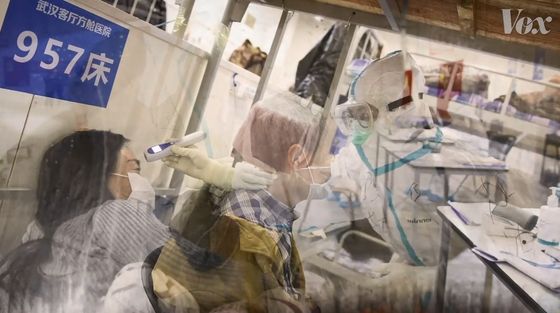
Sometimes it leads to death.

After searching for the source of the new coronavirus ...

The Wuhan Southwestern Seafood Wholesale Market in Wuhan , Hubei Province, China has emerged as a leading source.

Of the 41 cases initially identified, 27 are known to be involved in the market.
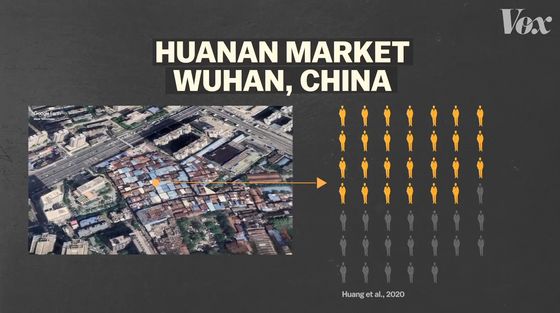
No clear evidence has been found that the market is a source of the new coronavirus, but Chinese authorities have closed the market and banned access.
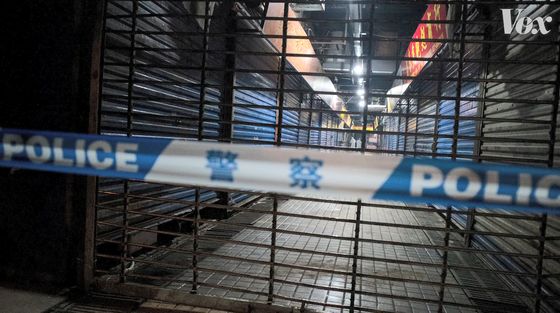
A similar situation occurred during the outbreak of SARS in Guangdong, China in 2003.
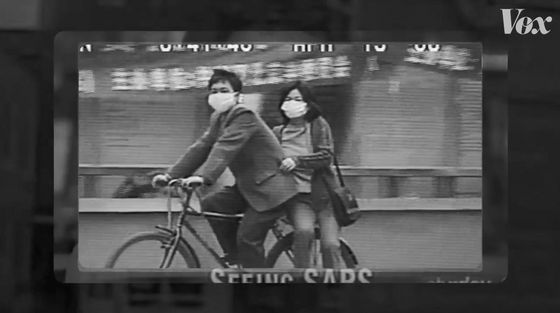
The source of SARS is said to be the Guangzhou Xinyuan Snake Bird and Livestock Market, and Chinese authorities have taken steps to close the market.
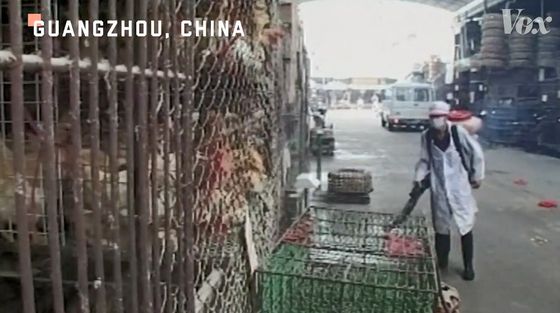
SARS has spread worldwide with 774 deaths in 37 countries by July 2003.
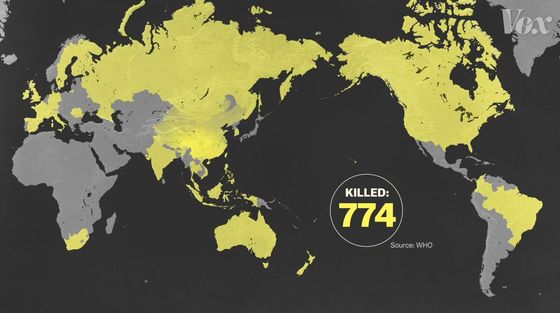
New coronavirus infections are spreading faster than SARS, killing 3,127 people in 71 countries by March 3, 2020, and killing
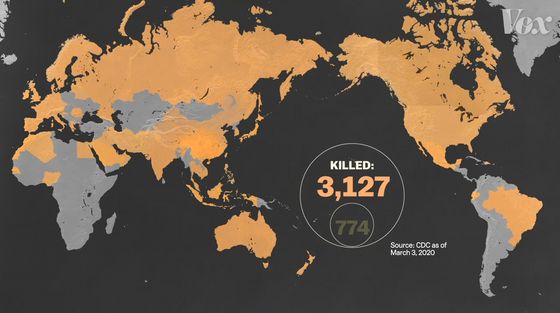
Why is a new infectious disease occurring in the animal market in China?
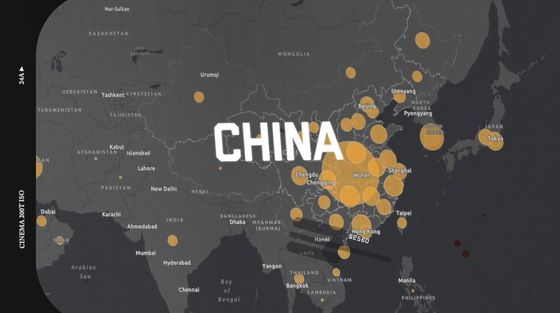
Many viruses that pose a threat to humans originally came from animals, and some have animal names such as
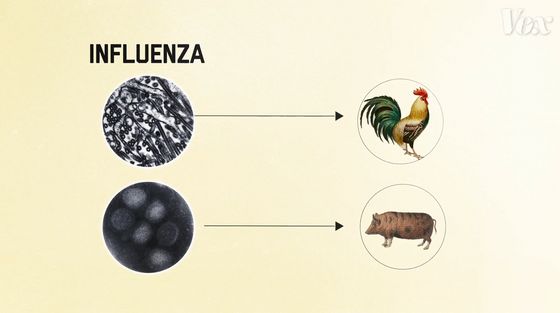
In addition, it is thought that
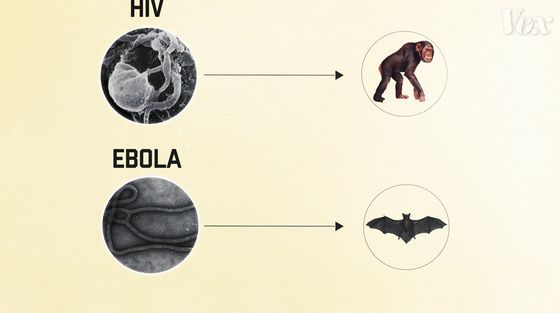
The new coronavirus is originally thought to be the virus that bats had ...

It is said that it became infected with

The place that linked these animals is likely to be the animal market in Wuhan.

In the animal market in China, various animals are killed on the spot and sold to consumers.
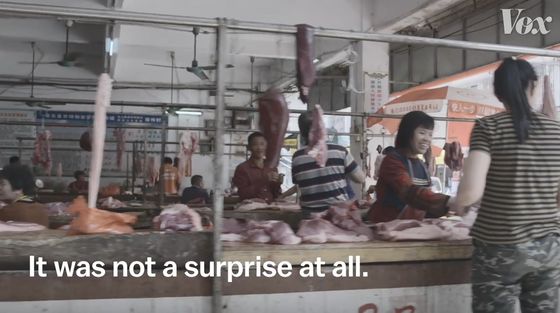
Associate Professor
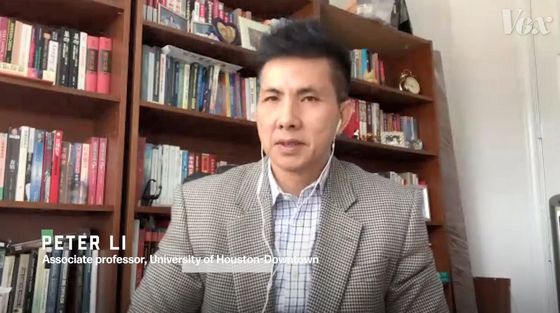
In the animal market in China, there are many cages with animals in it…
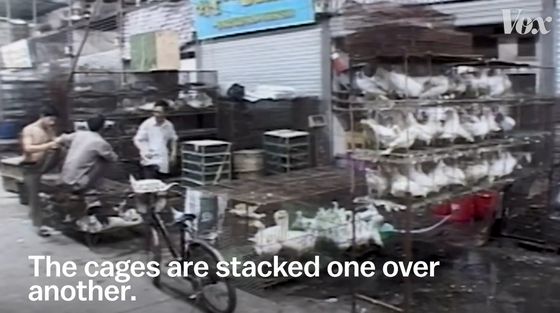
Animals in the lower cage will be exposed to the excrement and blood of the upper animal. Under these circumstances, the virus can easily infect and mutate between multiple species of animals.
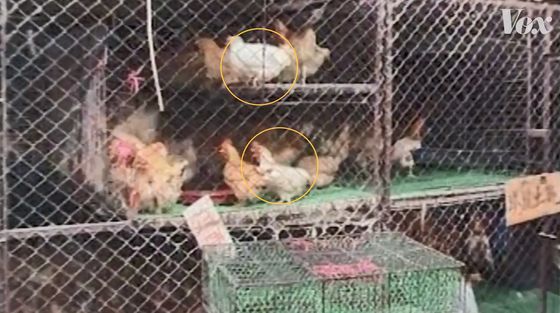
If the animal comes into contact with or is eaten by humans, the virus can enter the human body and become infected.
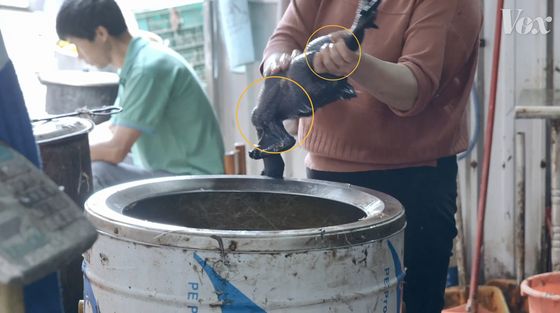
Animal markets are located all over the world, with the Chinese market being known for offering a wide variety of animals. Here is an image that is said to be a list of animals sold at the animal market in Wuhan. It seems that various animals collected from all over the world, such as camels, ostriches, snakes, salamanders, as well as relatively common animals such as cows, were traded.
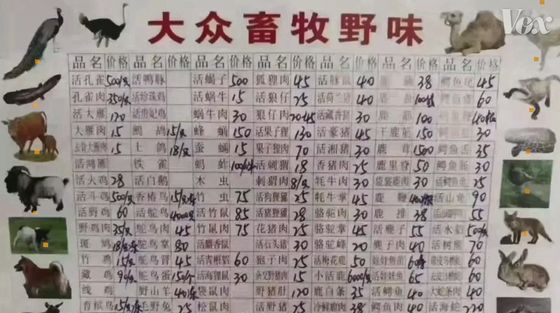
The reason that animals caught around the world gather in Chinese markets is due to a system built by Chinese authorities.

China is said to have killed more than 36 million people in starvation due to a
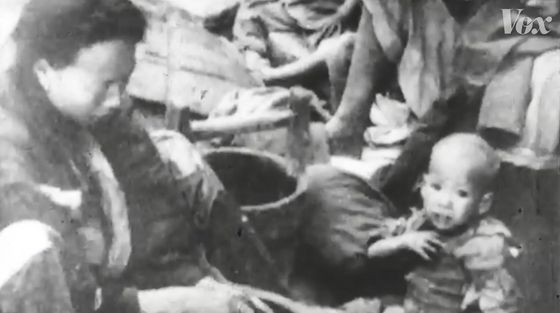
In 1978, the Chinese authorities, reflecting on the failure of the policy, dismantled the
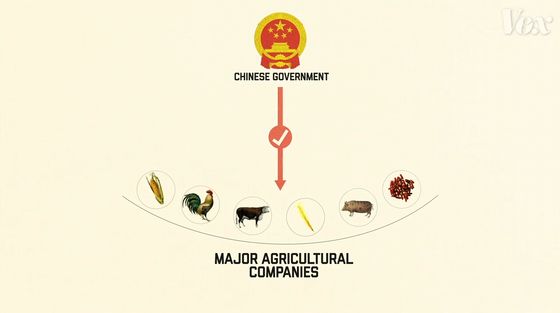
Smaller farmers chose to capture and breed wild animals.
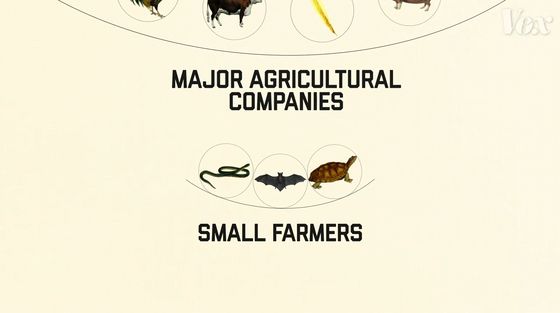
Small farmers breed animals such as turtles, snakes and bats ...

Farmers have become increasingly rich.
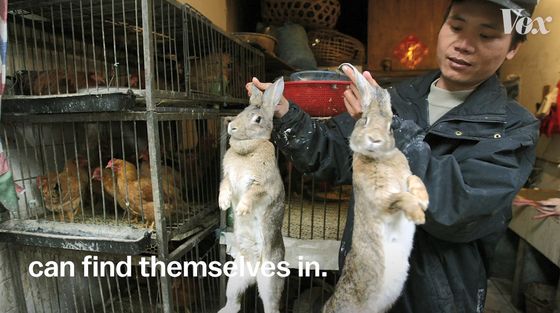
Lee pointed out that Chinese authorities have allowed farmers to buy and sell wildlife as a way for farmers to get out of poverty on their own.

In 1988, China enacted the Wildlife Conservation Act, which allowed farmers engaged in the sale of animals to treat animals as 'owned resources.'

The law encouraged the domestication and breeding of wildlife, and China's huge wildlife market grew as an industry.
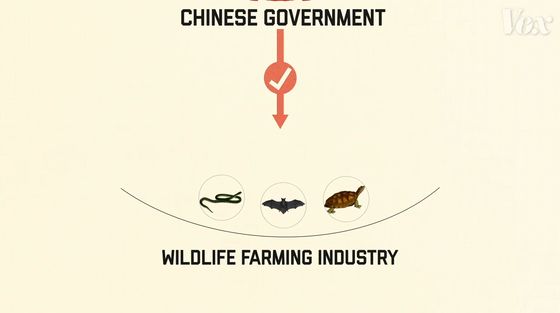
A small local farmer has developed into a huge wildlife breeding factory, and a large number of animals are gathered in one place, creating a situation where the disease is easy to spread.
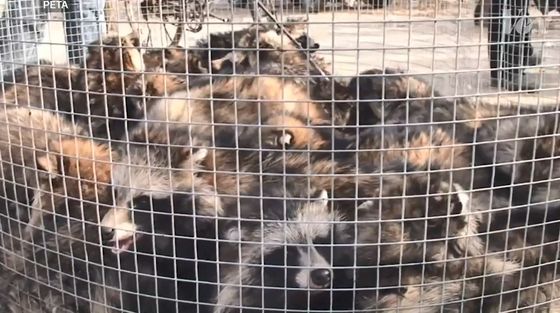
A wide variety of bred animals are now being marketed ...

At the same time, rare animals such as tigers, rhinos, and pangolins that were poached have also been smuggled into the Chinese market.
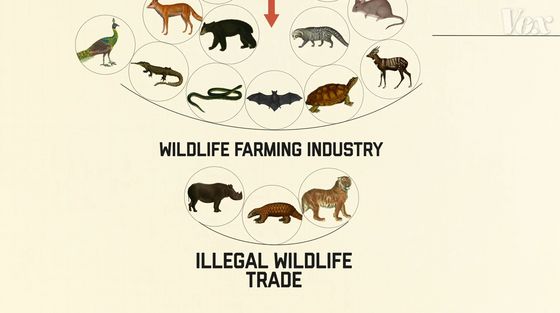
As a result, SARS occurred in a market with a wide variety of animals, and Chinese authorities closed the market and banned the distribution and sale of wildlife.

However, a few months later, Chinese authorities again allowed wildlife to be bought and sold, and the animal market revived.
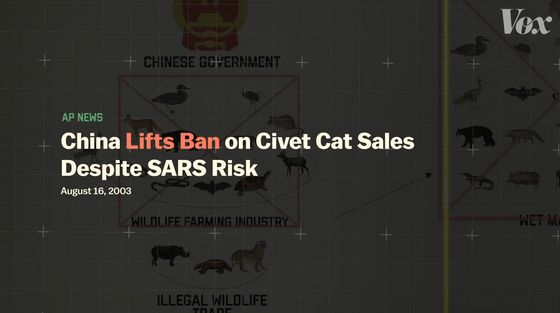
By 2004, the wildlife industry had an estimated 100 billion yuan (approximately 1.5 trillion yen) market, and lobbying has been active. For this reason, Chinese authorities have supported the wildlife industry for many years, growing to a market size of 148 billion yuan (about 2.3 trillion yen) in 2018.
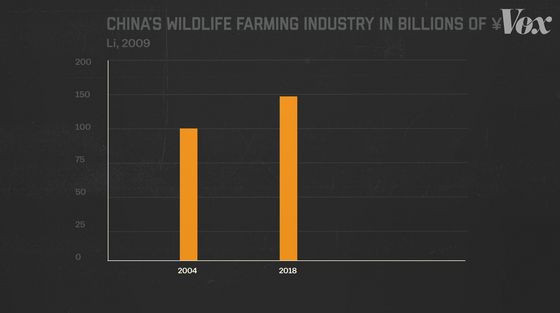
According to Lee, there are actually a few people who eat wild animals in China, but many are rich and powerful people. For this reason, lobbying seems to have a strong ability to work with the Chinese authorities.
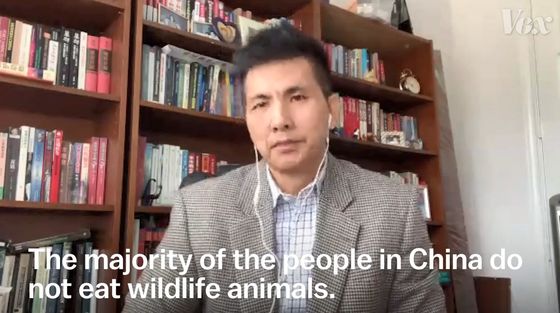
At the time of writing, Chinese authorities have
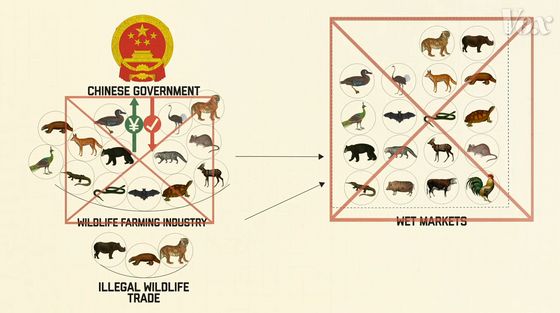
China's social media has been calling for a permanent ban on wildlife trade, and pressure is being placed on the international community to ban the sale and purchase of wildlife.
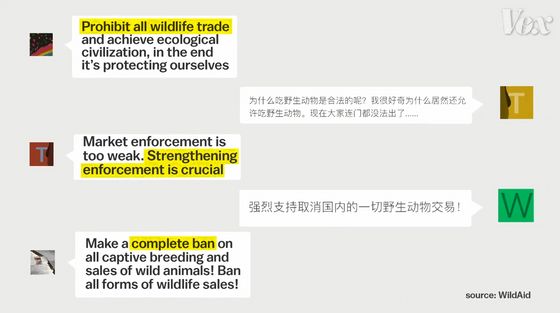
If the wildlife trade is lifted again, it is likely that new viruses, such as the new coronavirus, will spread worldwide.
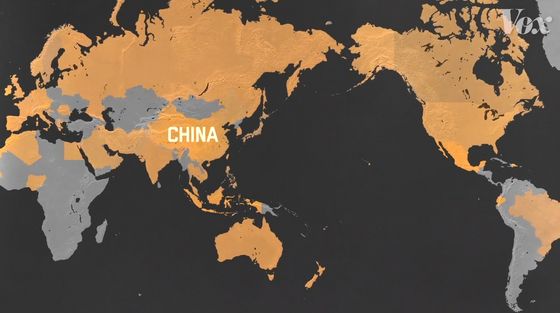
Related Posts:







